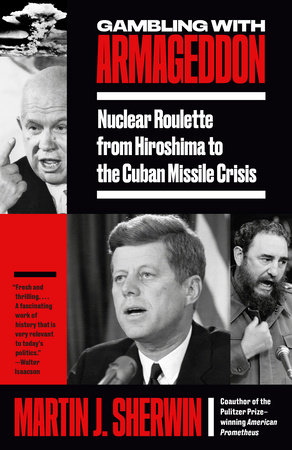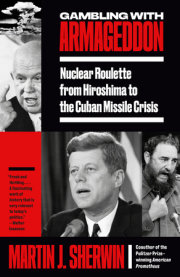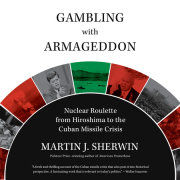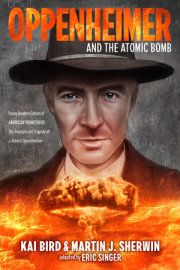Prologue
In October 1962 I was a junior officer in the U.S. Navy attached to Patrol Squadron 31, an antisubmarine warfare (ASW) training unit based at North Island Naval Air Station. This was California, but from the prime San Diego real estate we inhabited, we looked across to “Florida,” the elegant Hotel del Coronado, where Marilyn Monroe, Tony Curtis, and Jack Lemmon had ushered in the sixties with the film
Some Like It Hot.
1
Despite my modest rank—I was the squadron’s air intelligence officer—my responsibilities made me the custodian of our top-secret documents: our deployment orders in the event of war. Those orders were periodically updated, and when they were, a senior staff officer from Fleet Headquarters, always accompanied by an armed marine, arrived with a sealed envelope. A ritual followed: I signed for the new envelope, and he signed for the envelope that I removed from my top-secret safe, a miniature vault embedded in my large office safe. Except on these occasions, this inner sanctum was never unlocked. I had no expectation of ever learning what was in those envelopes (clippings from the
New York Times, we joked), since they would be opened only in the event of a national emergency.
On a date in mid-October that I cannot recall, I was informed by telephone that a new envelope would arrive at an appointed time. This was soon after I received the disappointing news that an around-the-world flight I was scheduled to co-navigate for an admiral was
cancelled. Within days all leaves were revoked. According to ru
mors at our local hangout, the Mexican Village, the cause was rising tensions in Berlin.
Although we were on the West Coast, a sense of being engaged in an international crisis permeated my squadron’s ranks. Extra munitions, and weapons we had never before stored, were delivered to our hangars. Friends at El Toro, the Marine Corps Air Station north of San Diego, told me that marines in full battle gear were being flown east aboard military air transports. Something important was happening, and we were going to be part of it.
On Monday, October 22, before President Kennedy informed the world that he had ordered Cuba blockaded, I was directed to retrieve the top-secret plans from my safe and deliver them—with the obligatory armed marine escort—to my commanding officer. Our squadron’s senior staff—the captain, the executive officer, and the operations officer—had assembled in the captain’s office to review the war plans. My recollection is that we would deploy to an airfield in Baja California, Mexico. The rationale was to disperse military aircraft beyond the reach of Soviet missiles. Some junior officers—all of us bachelors—joked that the beaches of Baja “would be a delightful place to die.”
I did not know until I researched this book how close to death we had come.
2
A world away from Coronado, California, another junior officer, stationed at a strategic rocket facility nine hundred miles east of Moscow, opened an envelope not very different from the one I had delivered to my squadron’s senior officers.
Valery Yarynich, who was exactly my age, had a different reaction to what he read. A junior officer and communications specialist, stationed at division headquarters in Kirov, his unit was the central command center for five intercontinental missile battalions. After President Kennedy’s October 22 speech demanding that the Soviet Union remove its missiles from Cuba, Yarynich was deployed to a missile base in Siberia to help supervise command and control communications.
“At the peak of the confrontation,” he told the American journalist David Hoffman, he received a message containing the code-word “BRONTOZAVR.” That was the combat-alert go code—the dreaded signal to open the top-secret communications envelopes and transition the R-7 liquid-fueled intercontinental ballistic missiles to war readiness. “I cannot forget,” Yarynich recalled, “the mixture of nervousness, surprise and pain on the faces of each operator, without exception—officers, enlisted men, women telephone operators.”
The unthinkable moment had arrived: Nuclear war was a mere press of a button away.
It was the most devastating war in world history. The estimated number of North American deaths was upwards of 200 million. Double, perhaps even quadruple that number of Soviet, Eastern European, and Chinese citizens perished, and no one had any reliable data on how many Western Europeans, Africans, Asians, South Pacific Islanders, and others the radioactive fallout killed as it circumnavigated the globe. Cuba became a wasteland, and there were few structures left standing in Moscow and Washington, DC. It was an unthinkable war, but not an unimagined one. In 1957 the Australian writer Nevile Shute described its denouement in his eerily tranquil apocalyptic novel
On the Beach. Adapted for the screen by John Paxton and directed by Stanley Kramer, in 1959
On the Beach premiered simultaneously in major U.S. cities and Moscow, to reports of viewers sobbing as Gregory Peck, Ava Gardner, Fred Astaire, and Anthony Perkins stoically prepared in Australia, where the movie is set, for the arrival of deadly radioactive clouds carrying the fallout from the nuclear war recently fought in the Northern Hemisphere. They were the last survivors of the human race, going quietly into endless night.
3
But the Cuban missile crisis did not replicate
On the Beach, leaving thoughts of a Cuban missile war to pass into history. While participants in (and historians of) the crisis never tire of recalling its details and dangers, the majority of the generation that lived through it, and subsequent generations, never became emotionally engaged with its potential consequences. It was neither Vietnam nor Watergate—nor Dallas, Texas, on November 22, 1963.
It was just the most devastating event in world history . . . that
somehow didn’t happen.
That
somehow is the subject of this book.
Copyright © 2020 by Martin J. Sherwin. All rights reserved. No part of this excerpt may be reproduced or reprinted without permission in writing from the publisher.








